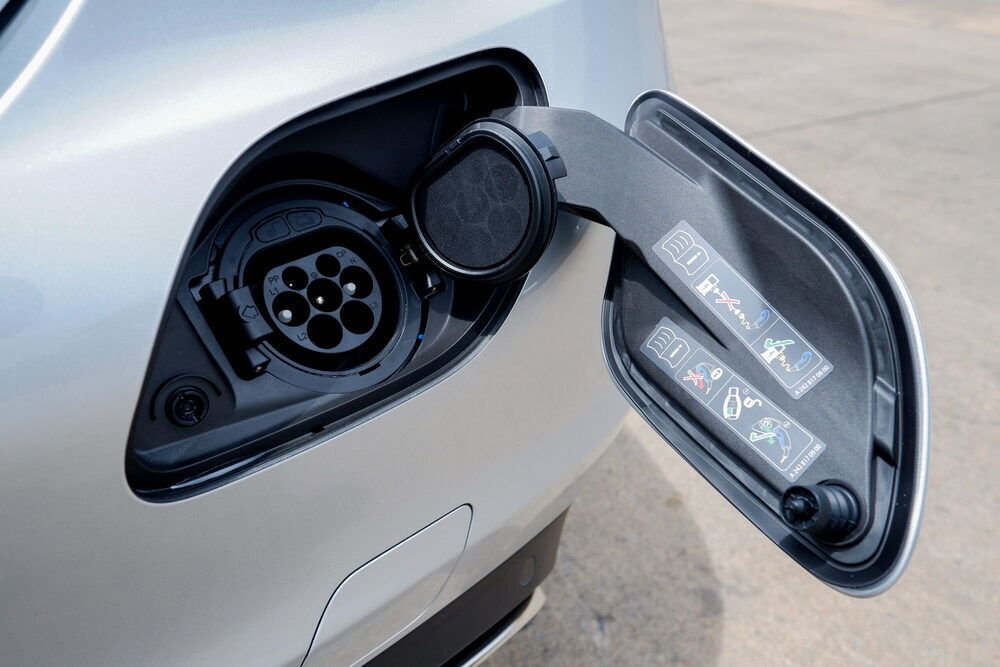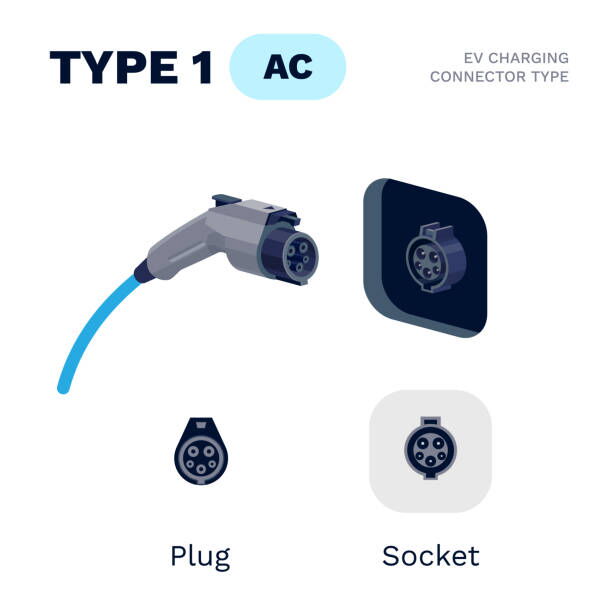The SAE J1772 plug is an essential part of electric vehicle (EV) charging infrastructure, serving as a universal connector for most electric cars in North America. Its creation and widespread adoption marked a significant milestone in the evolution of EV technology, making charging accessible, safe, and reliable for drivers. This guide delves deep into the origins, functionality, benefits, and maintenance of J1772 plugs, offering insights into their role in shaping the future of sustainable transportation.

The concept of the J1772 plug arose in the late 20th century when the automotive industry began focusing on EV development as a response to rising environmental concerns and the need to reduce dependence on fossil fuels. Early EV charging systems lacked uniformity, with different manufacturers developing proprietary solutions. This inconsistency made charging cumbersome, expensive, and inefficient.
Recognizing these challenges, the Society of Automotive Engineers (SAE) initiated efforts in the mid-2000s to develop a standardized charging system. The result was the SAE J1772 standard, which debuted as a universal charging solution for all EV manufacturers. Its initial iteration supported Level 1 (120V) and Level 2 (240V) AC charging, addressing the immediate needs of EV owners.
Over time, the J1772 standard evolved alongside advancements in EV technology. Updates to the design improved durability, charging efficiency, and safety features. The widespread adoption of the J1772 plug underscored the industry's commitment to creating a unified and user-friendly charging ecosystem.

Without standardization, the EV industry would face significant obstacles. Imagine if each car brand had its unique charging plug—drivers would need to find compatible stations, and manufacturers would bear the burden of designing custom solutions for every vehicle. The challenges include:
Drivers might be unable to charge their vehicles at stations using incompatible plugs, severely restricting travel flexibility.
Manufacturers would face higher production costs to accommodate different charging systems, potentially making EVs less affordable.
Non-standardized connectors could result in electrical malfunctions or unsafe connections.
The complexity and inconvenience of incompatible charging systems could deter consumers from switching to electric vehicles.
By providing a unified solution, the J1772 plug ensures compatibility across a broad range of vehicles and charging stations, promoting efficiency and safety. This standardization also reduces costs and fosters consumer confidence, accelerating the global shift to EVs.
Home charging is a critical aspect of EV ownership, allowing drivers to conveniently recharge their vehicles overnight or during downtime. Thanks to the J1772 standard, setting up a home charging system has become straightforward and widely accessible.
EV owners typically choose between two types of home charging systems:
This option uses a standard household outlet (120V) and requires no additional installation. While it offers slower charging speeds, it is sufficient for drivers with modest daily travel needs.
Faster and more efficient, Level 2 charging requires a dedicated 240V outlet and professional installation. It is ideal for drivers who need quicker charging to accommodate longer commutes or higher usage.
Both systems utilize the J1772 plug, ensuring compatibility with most EV models. Home charging with a J1772 connector provides peace of mind, allowing drivers to recharge their vehicles effortlessly and cost-effectively.
The J1772 connector’s design prioritizes simplicity, safety, and functionality. Its five-pin configuration serves distinct purposes:
These pins carry the electrical current from the charging station to the vehicle, facilitating the actual charging process.
These pins manage safety protocols and enable communication between the vehicle and the charging station, ensuring a secure and efficient charging experience.
The charging process is straightforward:
Plug the J1772 connector into the EV’s charging port.
The charging station detects the connection and verifies compatibility.
Once verified, the station initiates the flow of electricity, charging the vehicle.
The connector’s secure fit prevents accidental disconnections during the process.
This user-friendly design makes the J1772 connector accessible to both first-time EV owners and seasoned drivers.
The SAE J1772 standard is the go-to charging solution for a wide range of EV manufacturers. Brands such as Chevrolet, Nissan, BMW, Honda, Ford, and more rely on the J1772 connector for Level 1 and Level 2 charging. Even Tesla, which uses its proprietary charging connector, supports J1772 charging through an adapter, ensuring compatibility with the broader charging network.
This widespread adoption underscores the versatility and reliability of the J1772 plug, making it an indispensable component of the EV ecosystem.
While the J1772 connector is a cornerstone of AC charging, the Combined Charging System (CCS) adds a layer of versatility by supporting both AC and DC charging. Key differences include:
Designed exclusively for AC charging, commonly used for home and Level 2 charging stations.
Combines J1772 AC capabilities with additional pins for DC fast charging, making it suitable for rapid charging needs at public stations.
The CCS connector’s ability to handle higher power levels for DC fast charging makes it ideal for long-distance travel, while the J1772 plug remains a reliable option for everyday home charging.
Proper maintenance of J1772 connectors is essential to ensure their efficiency and longevity. Here are some practical tips for keeping your connector in top condition:
Check for visible signs of wear, damage, or corrosion on the connectors, cables, and charging stations. Address any issues promptly to avoid further complications.
Keep the connector pins clean and free from debris to maintain optimal electrical contact. Use a soft, dry cloth for cleaning, avoiding abrasive materials or liquids.
Periodically test the charging station and connector to ensure they are working correctly. This includes monitoring usage reports and identifying any operational issues.
If your charging station is located outdoors, consider using protective covers to shield the connectors from harsh weather conditions.
Regular maintenance not only extends the lifespan of your J1772 connector but also ensures a safe and reliable charging experience.
As the EV market continues to expand, the J1772 plug remains a cornerstone of charging infrastructure. Its simplicity, safety, and compatibility have made it the standard for home and Level 2 charging in North America. The J1772 standard supports the global transition to sustainable transportation by making EV ownership more accessible and convenient.
Beyond its technical merits, the J1772 plug exemplifies the power of collaboration within the automotive and energy industries. Its widespread adoption is a testament to the industry's commitment to creating a seamless and unified EV charging experience.
While the J1772 standard has proven its value, the EV industry is continually evolving. Advances in charging technology, such as wireless and ultra-fast systems, may influence the next generation of connectors. However, the principles of standardization, safety, and compatibility established by J1772 will remain central to these developments.
As governments and organizations worldwide invest in expanding charging infrastructure, the J1772 plug will continue to play a vital role. Its legacy as a unifying force in EV charging ensures its relevance for years to come.
The J1772 plug has transformed the landscape of electric mobility, offering a standardized, user-friendly, and safe charging solution. Its universal adoption by manufacturers and compatibility with diverse charging systems have made it a trusted choice for EV owners. As technology advances and the EV market grows, the J1772 standard will continue to adapt, supporting the global shift toward sustainable and efficient transportation.